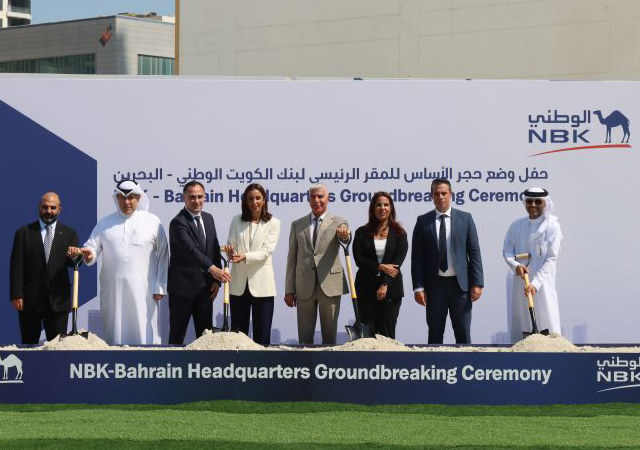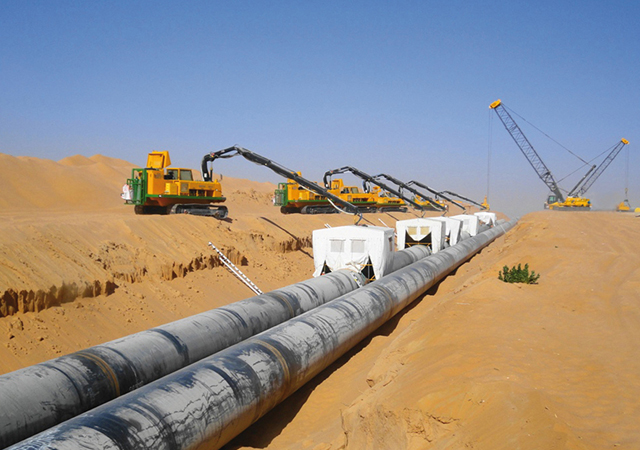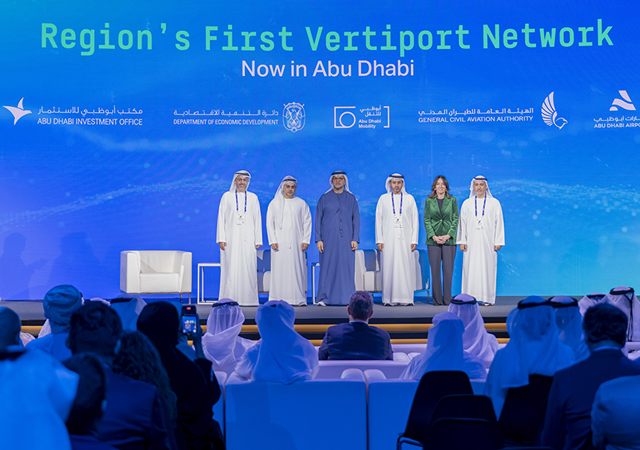
 Khader
Khader
The rate at which artificial intelligence (AI) technologies have advanced recently is mind blowing. The latest introductions of cutting-edge AI systems, such ChatGPT, Gemini, Copilot, and many more, have shown their comprehension of conversation is almost on par with that of humans. This technological revolution is beginning to enable many industries to take on challenging tasks that need advanced analytical abilities, extensive time commitments, or repetitive execution.
For the construction industry, where time is money and every resource and action carries significant impact, the need for efficiency is paramount. The industry juggles an endless stream of stakeholders, overseeing more information daily than perhaps any other sector. This intricate web of communication and bureaucracy fosters a breeding ground for miscommunication – the leading cause of human error, resulting in substantial losses, delays, and challenges. Outdated systems, and underused digital platforms (ie ERPs and BIM solutions) hinder efficient data sharing and collaboration among stakeholders.
Despite its multi-trillion-dollar value, the construction industry is known for lagging far behind when it comes to digitalisation, with only a fraction of its potential realised. According to management consultancy company McKinsey, highly bureaucratic processes and low digitalisation investments continue to impede the industry’s efforts to enhance productivity and boost margins.
However, recent economic uncertainties worldwide highlight the need for efficient business practices. Advances in AI present a great opportunity to speed up such practices, especially in the GCC, where the sector contributed $169 billion to the region’s economy last year, and is expected to expand by more than five per cent annually by 2029.
I’ll share here some transformative AI initiatives our firm is currently exploring in planning, design, bidding, and reporting, and discuss how these advancements unlock valuable insights. Additionally, I’ll discuss the challenges of broader AI adoption in the industry and my expectations for AI’s future contributions.
Planning and Scheduling
Imagine juggling 10,000 moving parts – this is the reality of creating the schedule in certain mega projects. Many activities need to be interlocked and coordinated with a lot of effort. Notably, this resource-intensive process that spans from review and approval through coordination, updates, and monitoring is essential for project success. Here, AI is a potent instrument that assures accuracy, reduces the demand for human intervention, and opens the door to more advanced and timely insights on such demanding processes.
Primavera P6 by Oracle remains a powerful tool for construction project scheduling and management. However, the growing complexity of projects demands more. Over the past three years, P6 has seen improvements in cloud integration, collaboration support, and task management, aligning with lean construction principles. Yet, data entry burden, complex interfaces, configuration errors, and human error persist.
A webinar I attended last November, led by Oracle’s Product Lead Josh Kanner, highlighted the potential of artificial intelligence (AI). The discussion centered on Severn Trent Water’s experience with AI-powered planning and Oracle’s plans to integrate AI, particularly for enhanced risk management within P6. The discussion highlighted the need for P6 to offer more complex analyses and automated reports, a sentiment echoed by many attendees.
Apart from advanced features like real-time adaptability and embedded risk management, there’s more potential for embedding conversational skills into virtual assistants employing vast simulations. Anyway, a recent partnership between Oracle and Cohere seems to be aimed at integrating such aspects directly into Oracle’s cloud services – targeting industries like construction. So, let us see what fascinating advancements the near future offers here.
Design and engineering
Industry surveys from Deloitte continue to highlight enduring design issues that have an influence on project scopes and cost realisation for EPC contractors. Given the demand for qualified professionals, these challenges are expected to persist, which will have an impact on developing regions like the Middle East and North Africa. Based on my two decades of experience working for process solution contractors, I have identified the root causes of many of these issues, some of which are analysed in Figure 1.
 |
|
|
However, human factors and data analyses are key for understanding the gravity of these problems. Research from a top BIM solution provider summarised in Figure 2 shows a promising future and aligns with our perspective about AI contribution. With the additions like Augmented Reality/Virtual Reality (AR/VR) showcased at IFAT, a leading environmental technologies exhibition, held in Germany last month, the future AI will empower designers with immersive design experiences at minimal efforts, enhancing users’ interaction with heightened realism and engagement.
 |
|
|
Communication, Reporting, Performance
I repeatedly underscore to project managers the need to increase project visibility (although some may not view it as that essential). With transparent projects, faster decision-making and better tracking are enabled, something that often leads to success stories. Even though communication technologies have advanced significantly, the construction sector still faces difficulties including incomplete or outdated data, misleading reports, errors that cause delays and inefficiencies, over-budgeting, or possible risks.
While decades-old ERP solutions were created to solve this dilemma, they are often seen as overly complex and expensive to set up and maintain, require specialised expertise for implementation, exacerbating existing bureaucratic layers in the industry. However, AI is rapidly integrating into various platforms. According to SAP’s Chief AI Officer Dr Philipp Herzig, the industry leader in enterprise software is embedding advanced AI functionalities into the core of its next-generation applications. This integration streamlines adoption, minimising reliance on specialised expertise. Notably, generative AI within these applications promises to significantly accelerate time-to-value for businesses heavily invested in SAP solutions like ERP, S/4HANA, and Ariba.
Beyond the horizon, cloud-based large language models are expected to serve as a single point of truth for all projects, communicating and observing progress intelligently and informing stakeholders of potential opportunities or risk. With AI-generated mitigations for issues like budget overruns, safety concerns, or delays, parties can collaborate, share lessons learned, and improve solutions while optimising most of their time.
Bidding, tendering and costing
In a previous article in Gulf Construction’s December 2023 issue, I underlined the importance of agility in modern construction, particularly in the tendering and costing processes. Manual bidding and tendering processes, which include tasks such as requesting bids, sending invitations, or verifying compliance, are generally time-consuming and error-prone, resulting in delays and cost miscalculations.
 |
|
|
With construction costs escalating annually (18 per cent from 2020 to 2023) and intensified industry competition, efficient bidding processes are imperative in this tight-margin sector. Specialised platforms now offer construction parties swift and accurate solutions for acquiring, managing, and tracking bids, performance, and payment bonds. Some of the AI-powered solutions evaluated for our business (Figure 3), go beyond cost estimation to serve a variety of bidding functions. These advances enable contractors to submit competitive bids quicker, which is critical in a high-risk setting where oversight can be costly. Using AI for advance payments and performance bonds, for example, simplifies transactions by eliminating intermediaries and giving all parties better control and transparency.
Final Thoughts
Navigating the integration of AI in construction demands attention to crucial considerations. Despite concerns regarding the industry’s huge digital gap, firms must not overlook AI adoption. Success depends not only on data but also on cultivating, testing, and establishing robust databases and centralised systems, all as per their needs. Unlike previous advancements, postponing such adoption may undermine ongoing efforts to improve construction’s business viability and economic impact, reduce risk and costs, and stimulate innovation and value enhancements for end-users.
Taking a long-term view is crucial also, as complete integration/realisation does not occur overnight and may take several years. In addition to drastically improving resource management, obligations, and commitments, implementing an AI data-centric strategy needs SMART goals and capital infusion, which, when rightly in place, can result in significant cost savings of up to 20-40 per cent, according to our estimates.
Although the short-term nature of projects may discourage major investments in digitalisation, the long-term benefits outweigh its costs, especially given that AI technologies are becoming more affordable. Lastly, if these ground-breaking advances don’t yet stagger you, then maybe nothing will. It boggles my imagination to think of how my children will perceive a world in which such advances are the norm.
* Haitham Khader, a Director - PMO in a German company in Frankfurt, has over 20 years of diverse experience working for leading organizations in both the Middle East and Europe.







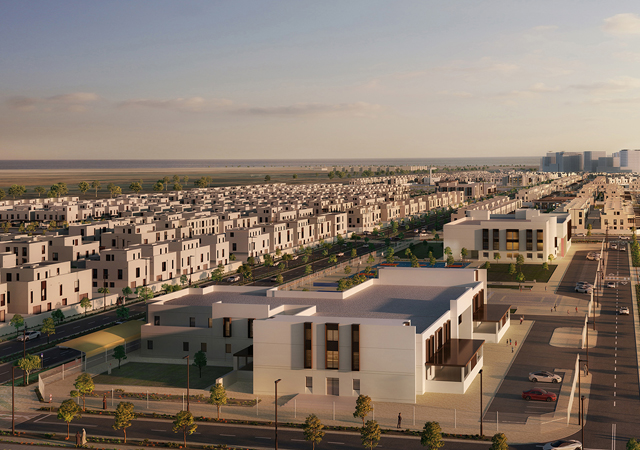

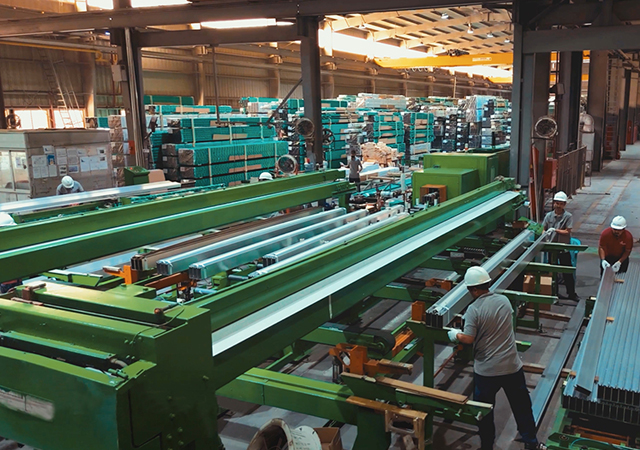



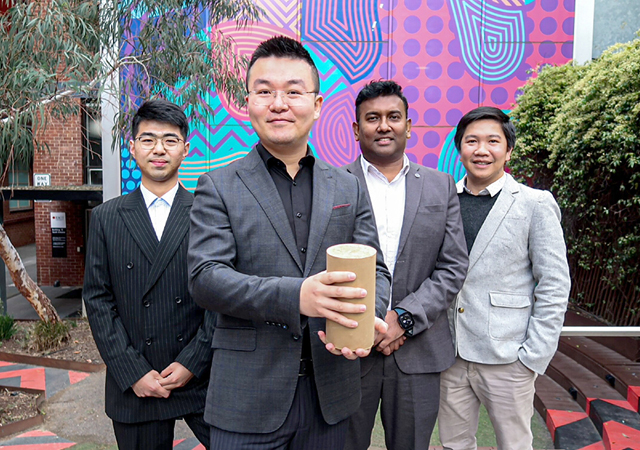



.jpg)


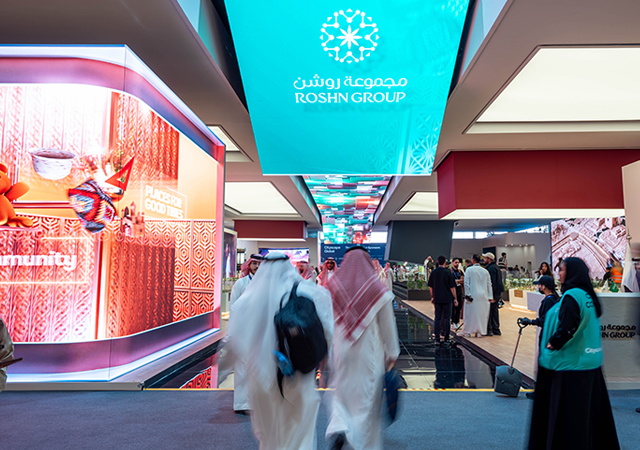










 (1).jpg)








